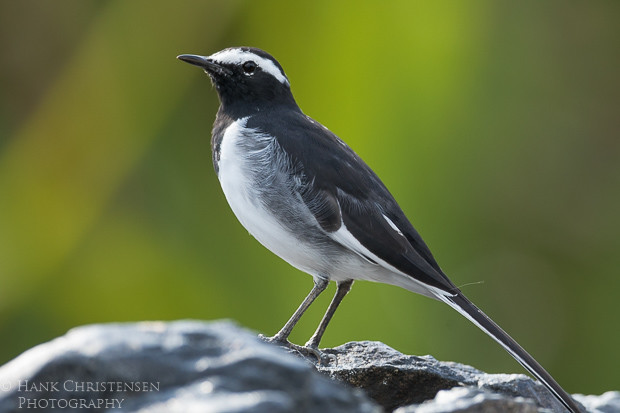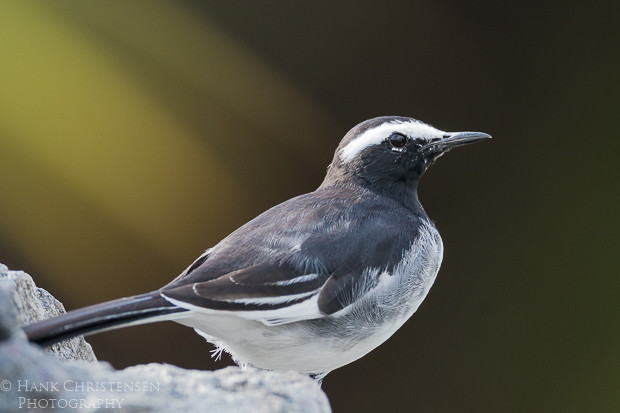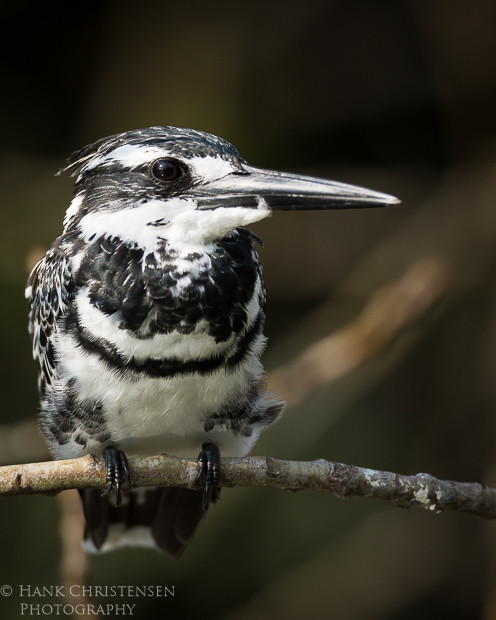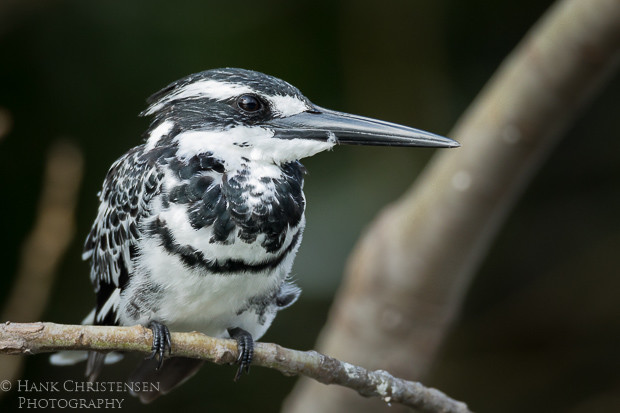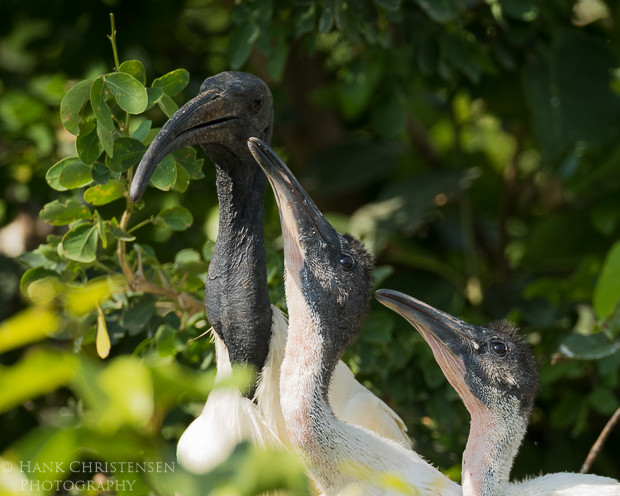
My recent trip to India was timed well with getting to see chicks feeding from their parent. By this time in their lives, the chicks were nearly as large as the adult, however they still relied on the parent to feed and shelter them.
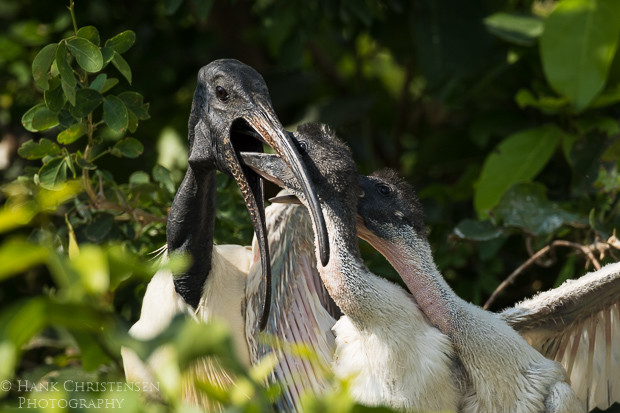
Although I had never seen a black-headed ibis before, I was familiar with the feeding behavior of this size of bird. Typically the adult will eat food away from the nest and then bring it back, regurgitating the food for consumption by the juvenile.
This photo shows just how far the chick will insert its beak into that of the parent. During this feeding, only one of the chicks got food, pushing its sibling away from the parent with its wing. This survival of the fittest instinct is common amongst siblings – sometimes they go so far as to push each other out of the nest so that they themselves have a better chance at survival.
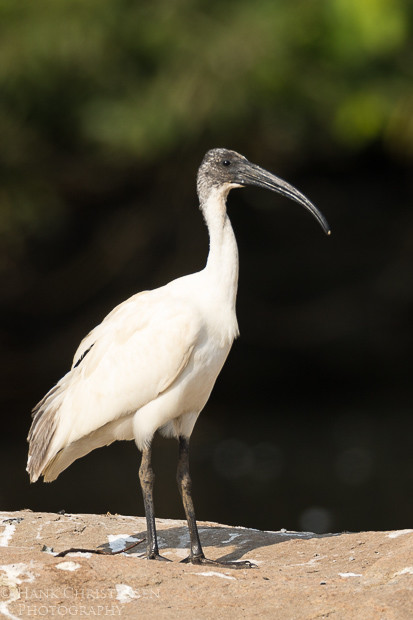
Although the Ranganathittu Bird Sanctuary was technically off season for the peak of bird activity, there were many ibis in and around the water. Most were nesting in trees and feeding their young, but several were out in the open, offering nice portrait opportunities.
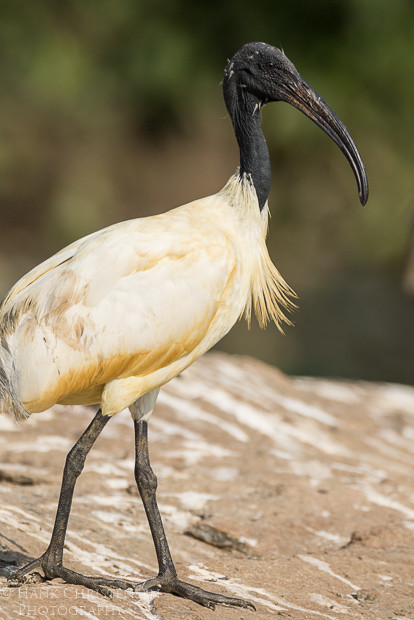
While not a beautiful bird by any means, it was great to get up close and personal with a new species. Appreciation of even the most common birds brings forward interesting and previously unseen details, allowing for much greater enjoyment of the natural world.

